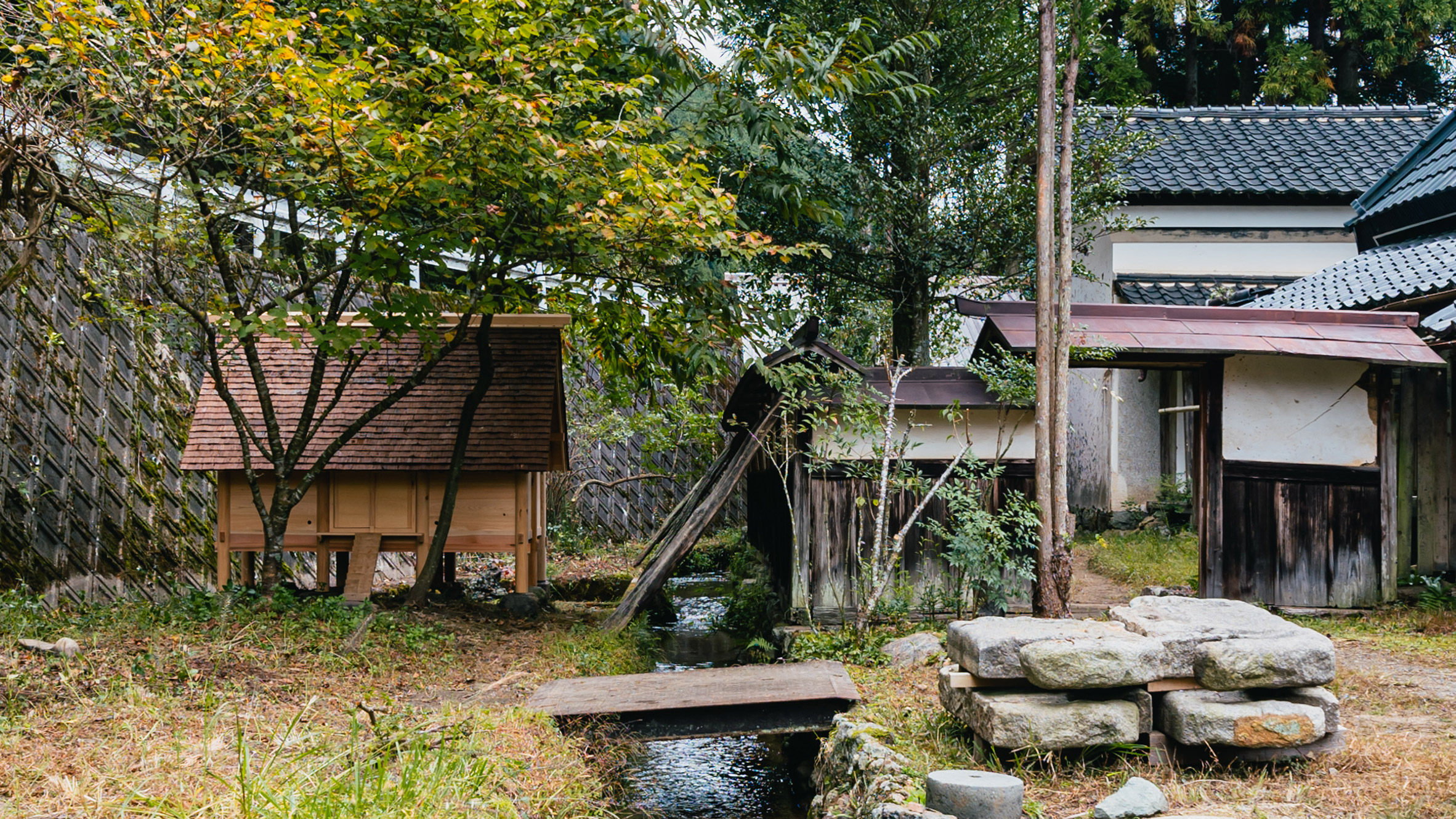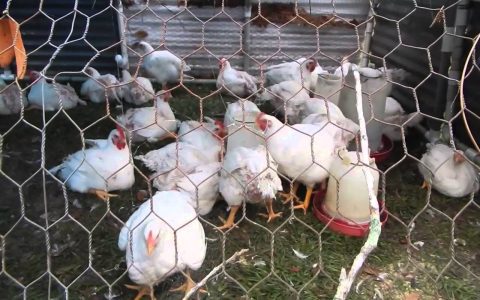Core Principles of Japanese-Inspired Chicken Coops
Japanese chicken coop design, while not a rigidly defined historical style, often draws inspiration from traditional Japanese architecture and aesthetics. The emphasis is on creating a structure that is functional for poultry, harmonious with its surroundings, and built with an appreciation for natural materials and simplicity.
Key Design & Material Characteristics
Several distinct features can characterize a chicken coop with Japanese influences:
- Natural Materials: Predominantly features wood, such as cedar or cypress, often left unstained or treated with natural oils to highlight the grain. Bamboo may be incorporated for lighter structural elements, screens, or decorative details.
- Structural Simplicity & Craftsmanship: Designs focus on clean lines, visible and well-executed joinery (even if simplified for a coop context), and an uncluttered appearance. The structure aims for an elegant robustness without unnecessary ornamentation.
- Roof Design: Characterized by overhanging eaves that provide significant protection from rain and sun, mirroring traditional Japanese buildings. Roof styles might be gabled or hipped-gabled, often using wooden shingles or subtle metal roofing.
- Elevated Flooring: Coops are frequently designed with raised floors. This improves under-coop ventilation, protects against ground dampness and pests, and can simplify waste management.
- Ventilation & Light Management: Emphasizes strategic placement of openings for optimal airflow and natural light. These might be protected by wooden slats, lattice work, or fine wire mesh integrated subtly into the design.
Functional Considerations for Poultry Welfare
Beyond aesthetics, practical aspects for chicken health and management are central:

- Predator Security: Robust construction using solid materials and secure, fine-gauge wire mesh (often referred to as hardware cloth) for all openings is critical. Design aims to integrate these protective elements seamlessly.
- Ease of Maintenance: Smooth interior surfaces, accessible nesting boxes, and features like removable droppings boards or easy-to-sweep floors facilitate regular cleaning and maintain hygiene.
- Interior Comfort: Provides appropriately sized natural wood roosting perches, and secluded, clean, and draft-free nesting boxes designed to offer hens a sense of security for egg-laying.
- Environmental Integration: The coop is often conceived to blend harmoniously with a garden or natural landscape, reflecting a core principle of achieving balance between man-made structures and the natural environment.







